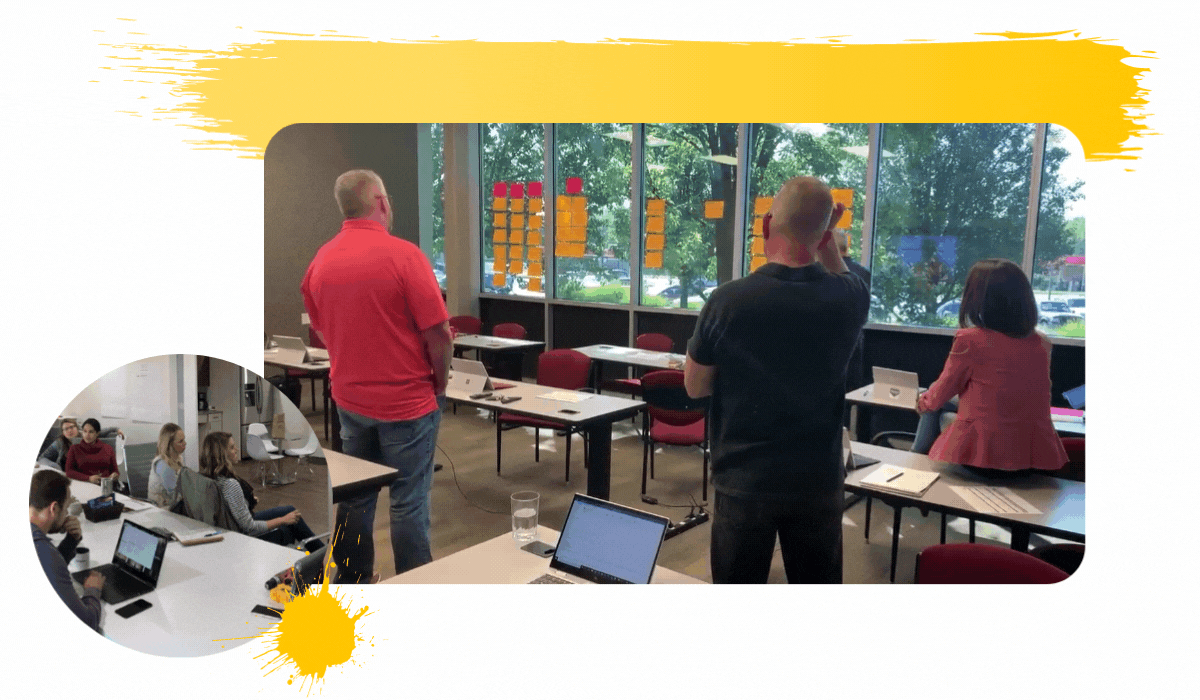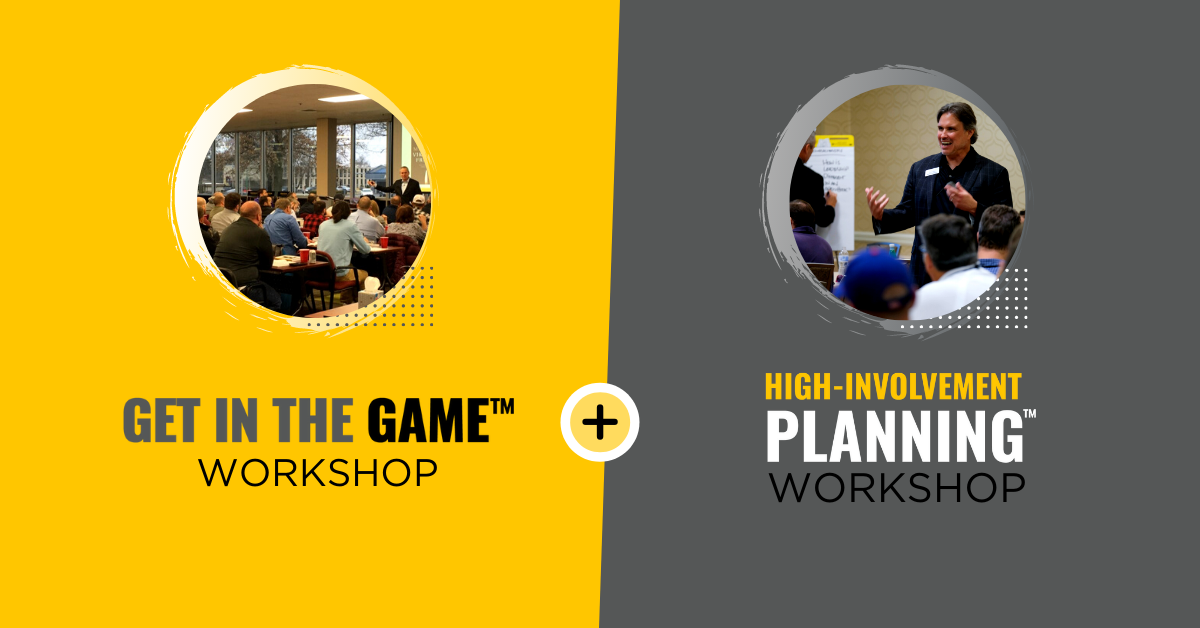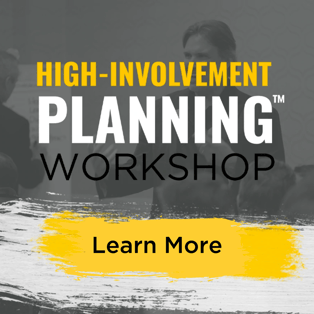[ad_1]
.png?width=790&name=Talent%20(1).png)
When many business owners and executives hear the words “Strategic Planning,” their minds jump to another topic. Any other subject will do. In their hearts, they know that planning is important to the organization. But knowing where to start is the issue. They have heard the stories from their peers who created a plan, and it sat on the shelf for a year or forever. As a result, planning happened once and then stopped. It amounted to a waste of time and money. The question then becomes: why bother planning at all?
<< Learn more about our workshops focusing on implementation and strategic business planning. >>
Directions Matter
Businesses that do not do long-term planning should think about the old Lewis Carroll quotation, “If you don’t know where you are going, any road will get you there.” If you substitute the word “decision” for “road,” the phrase becomes, “If you (the business) don’t know where you are going, any decision will get you there.”
Organizations make choices every day that appear to be “just doing business” when in fact, they are creating a future direction. For example, continuing a long-term contract with a customer for a low-margin product or service affects the future. There was a best-selling business book from years ago called The Fifth Discipline, written by Peter Senge. Although it was full of innovative ideas and messages, the one that stuck with me is that issues a business faces today are the result of decisions that were not made in this timeframe and under current conditions but years ago. Let’s encourage organizations to do something different; “If you started fresh today with a clean slate, what would be different in your business, and how could you maximize return on your efforts?”
What can owners and leaders do about resetting their expectations around long-term planning? How can senior leaders develop a strategy that does not end up “sitting on the shelf?” Can we reframe how we think about the future? Is it possible to change a painful planning process into an exciting portrait of hope?
A Fresh Take On Planning
Like other significant problems met by an organization, the solution often lies in a repeatable system or process. The best method looks at what needs to happen now, a few years out, and the longer-term (e.g., 10 + years). It also gets broad input from as many experts and engaged members of the organization as possible to receive insight from the “wisdom of the crowd.” It considers the purpose and core values of the organization, the financial needs of the stakeholders, the influence of market conditions, and the long-term needs for members of the “crowd” (employees).
An effective process also recognizes the importance that all employees understand and support the plan.
Daily, weekly, monthly, and yearly execution keeps it “off the shelf” and is a crucial element of how the business works. Returning to the plan repeatedly to gauge “where we planned to be, where we are, and where we need to go” makes the conversation relevant and maximizes expert wisdom.

A Shared Journey
The Great Game of Business calls this process High-Involvement PlanningTM or HIP for short. HIP offers businesses an alternate, motivating, and exciting course that answers the question, “Where could you be in the future with expert insight, maximum effort, efficient cooperation, and careful planning?” Having used planning processes as an executive and business owner along with doing strategic planning consulting for over a decade, here are the things that stand out to me about HIP:
- Annual rhythm and structure detailed with actions.
- Time phased view, one year, three to five years, and ten years or more.
- Focused on execution, getting tactical things done that align with strategy.
- Easily accommodates a planning team that can include non-executives and front-line team members.
- Input and buy-in from natural leaders and engaged employees.
- Built around four defined planning templates:
- People Plan—including needs, development, and succession.
- Financial Plan—both near and long term.
- Sales & Marketing Plan—what to offer and where, and what to stop doing.
- Strategy for Growth—a comprehensive plan articulated clearly on a single page.
- It is “elastic”—works for organizations from ten employees to thousands.
- Proven—has worked for companies for more than ten years.
- Exciting and energizing for the leadership team.
- Breathes new life into companies struggling with an unchanging horizon and lack of vision.
You can find more details here – https://www.greatgame.com/blog/ten-steps-to-strategic-planning-success
Rethinking Your Plan
My challenge to you is to rethink the phrase Strategic Planning. Maybe, with the context of HIP in mind, you might even find these words to be far less intimidating now!
Looking to stay ahead of your business? Learn how to evaluate the marketplace with your people so you can strategically make BOLD MOVES. Join us for our next workshop focusing on Implementation + Strategic Planning.

Other articles you might like:
[ad_2]
Source link





More Stories
Must-Know Business News to Stay Ahead in 2024
The Latest Business News Shaping the Global Market
How Business News Is Influencing Economic Growth